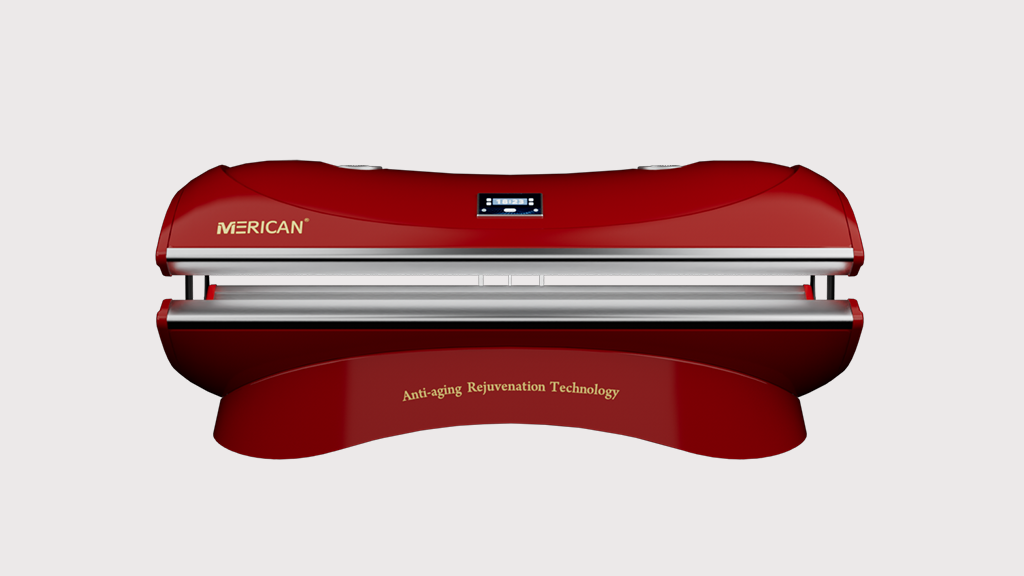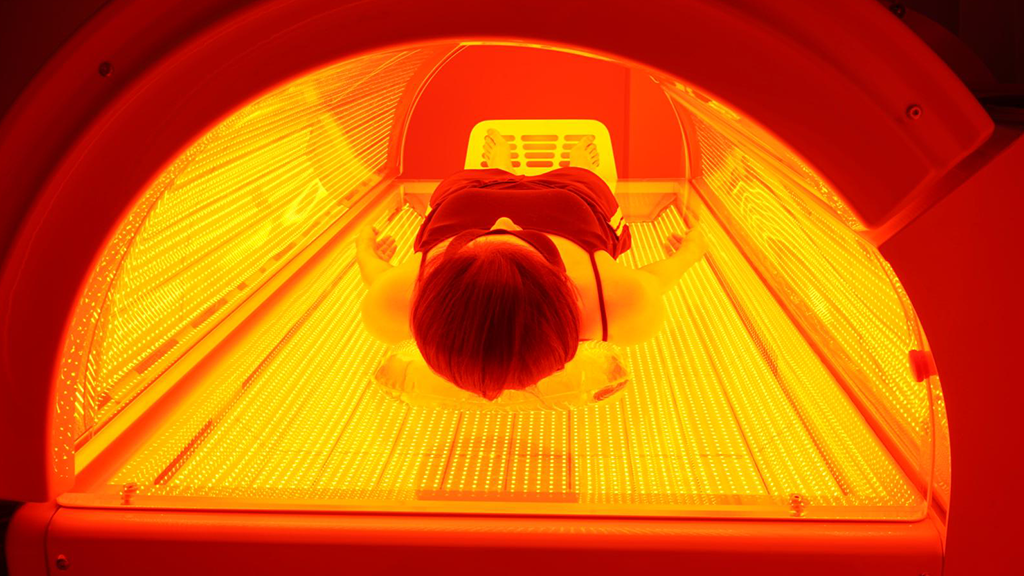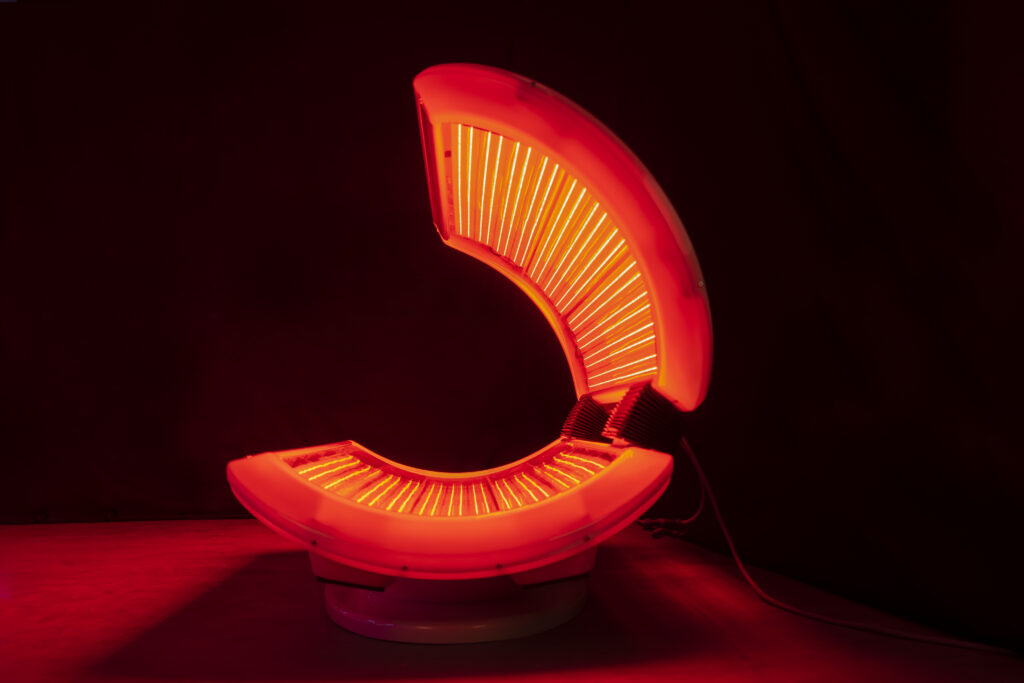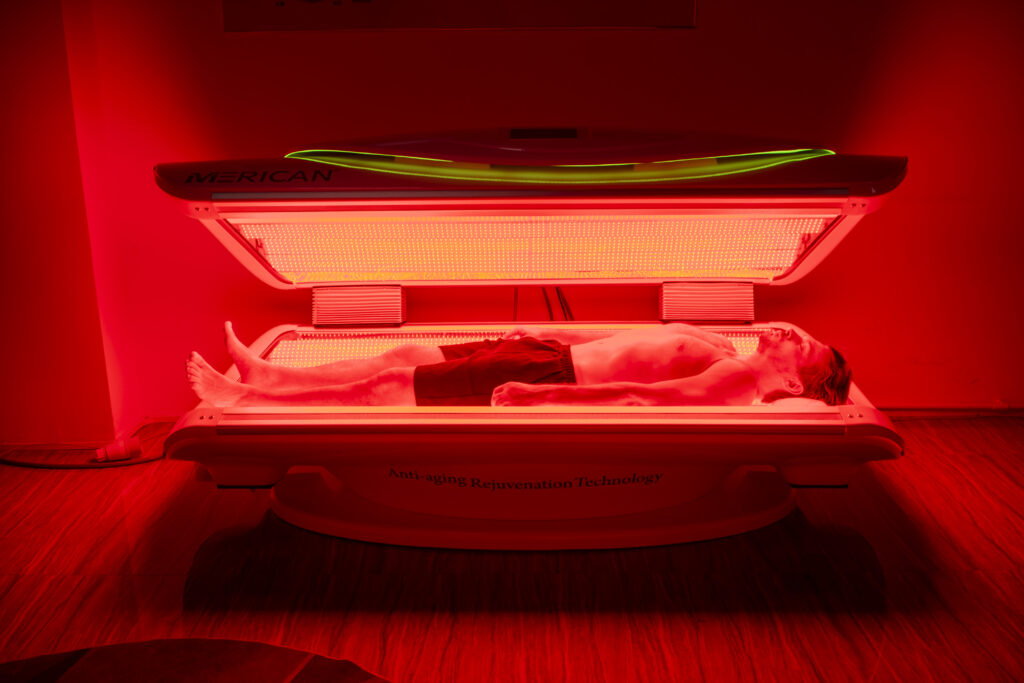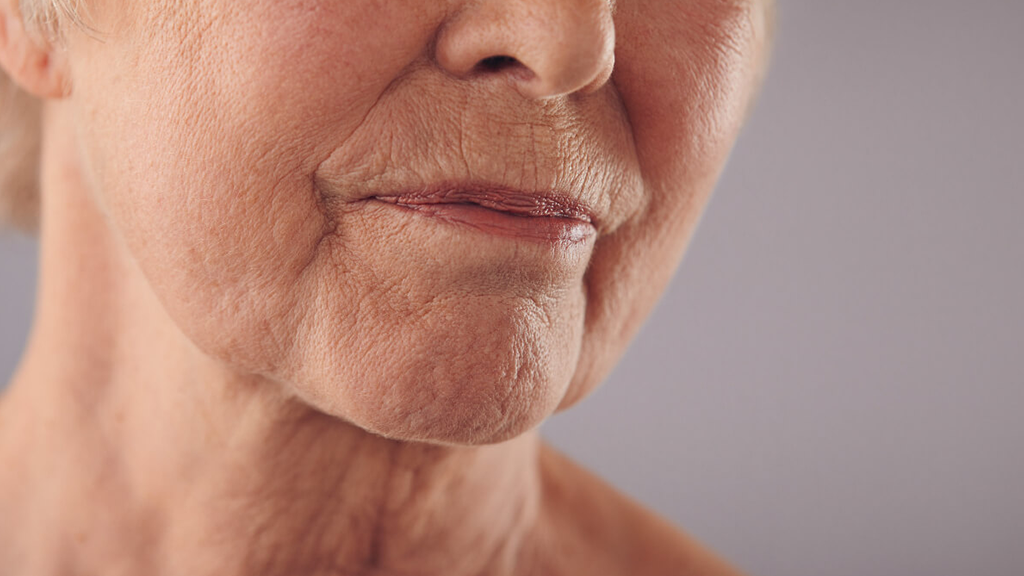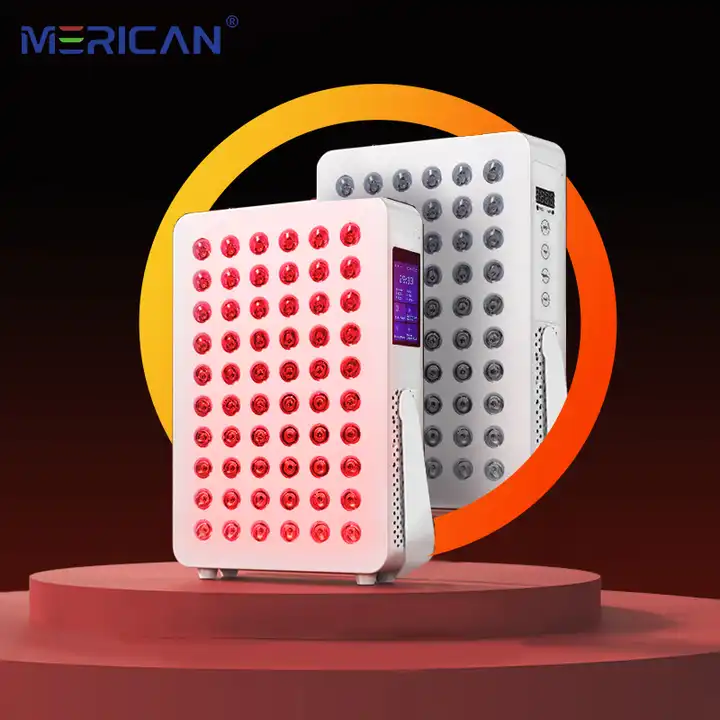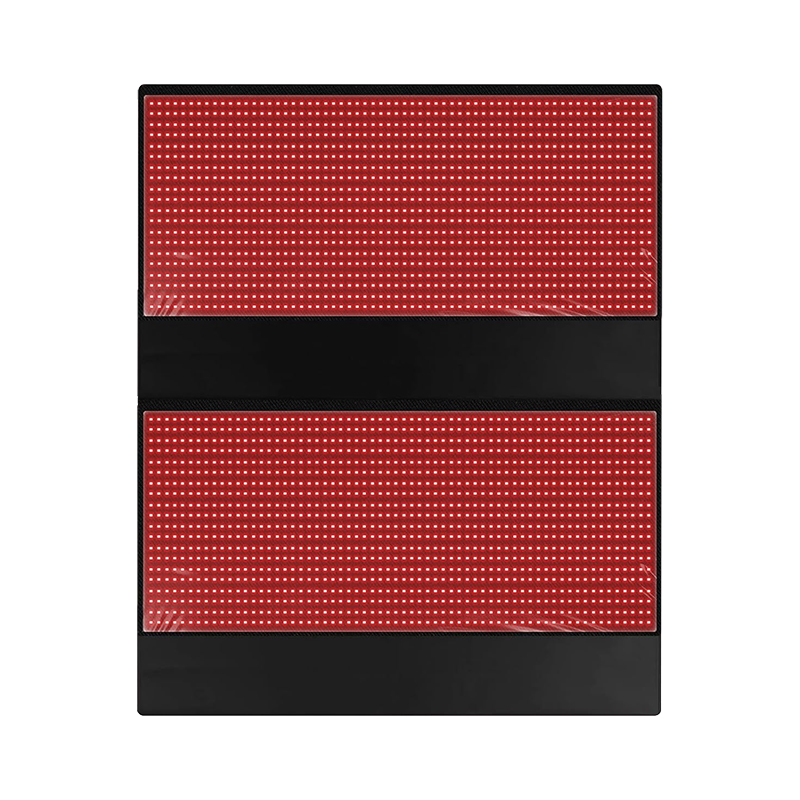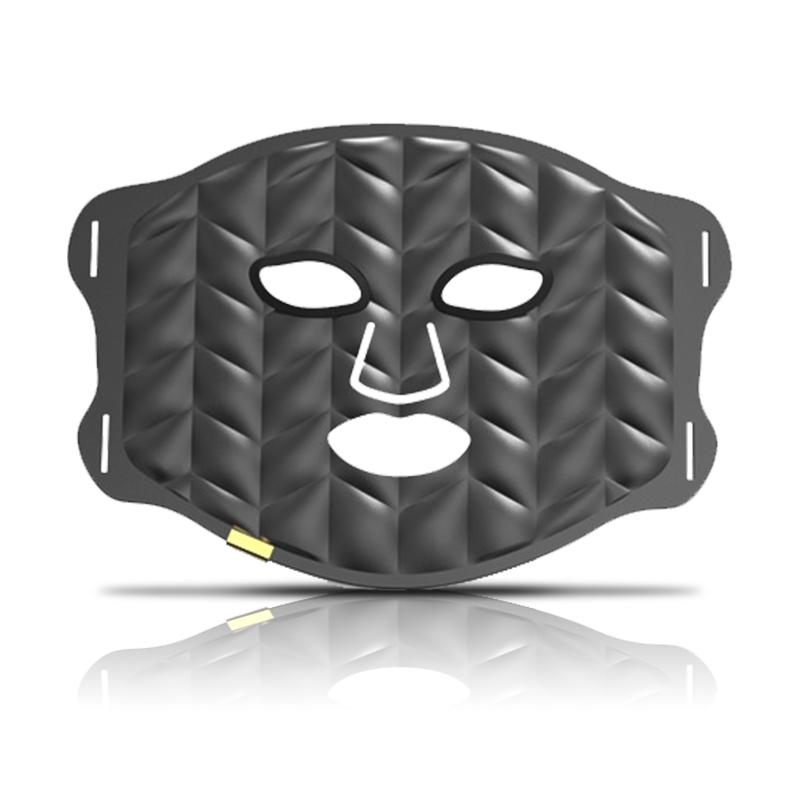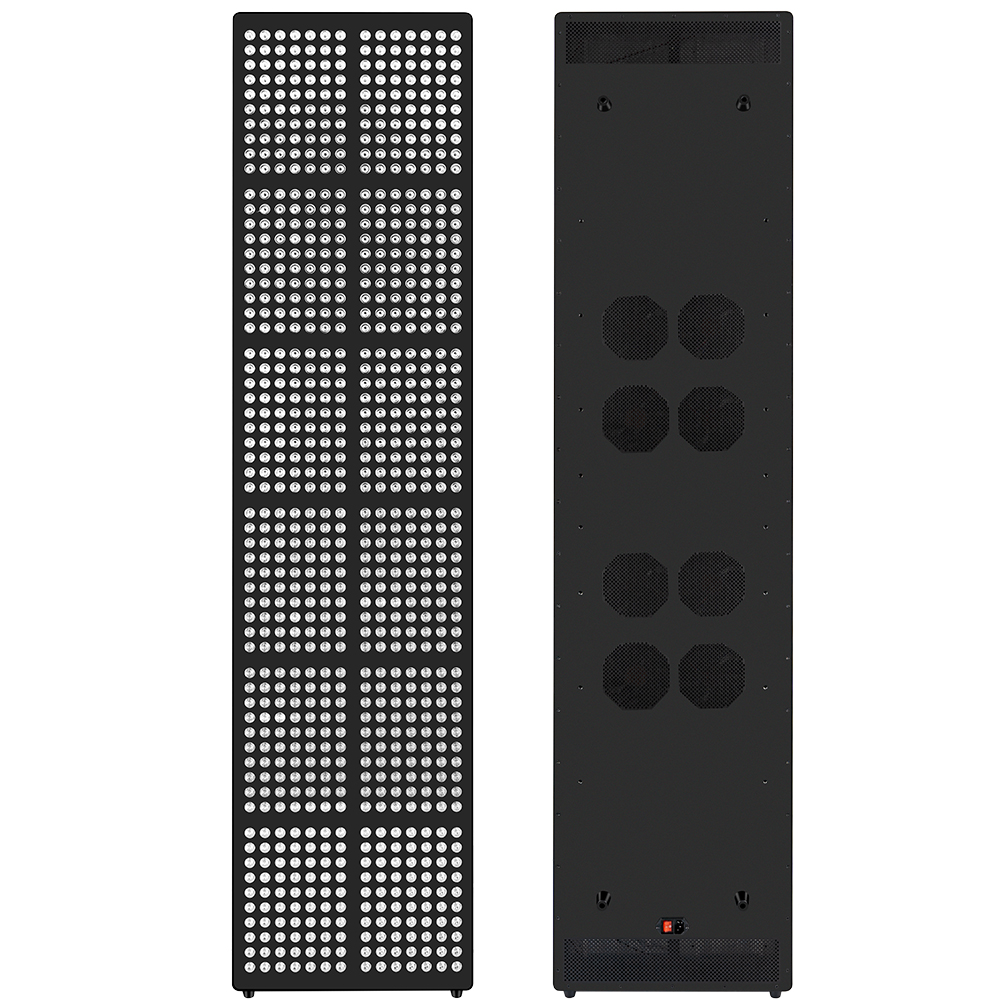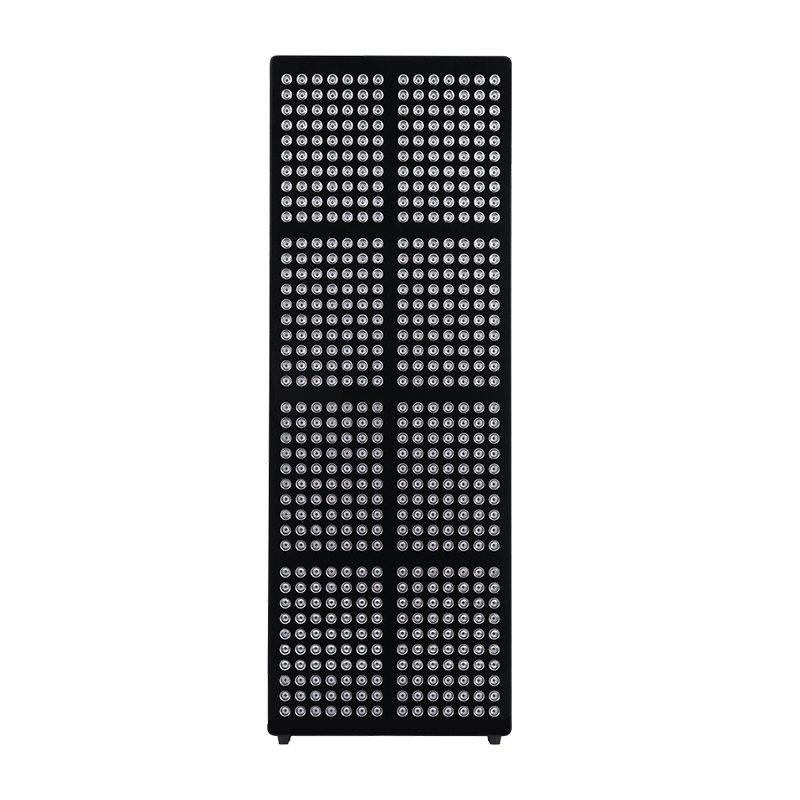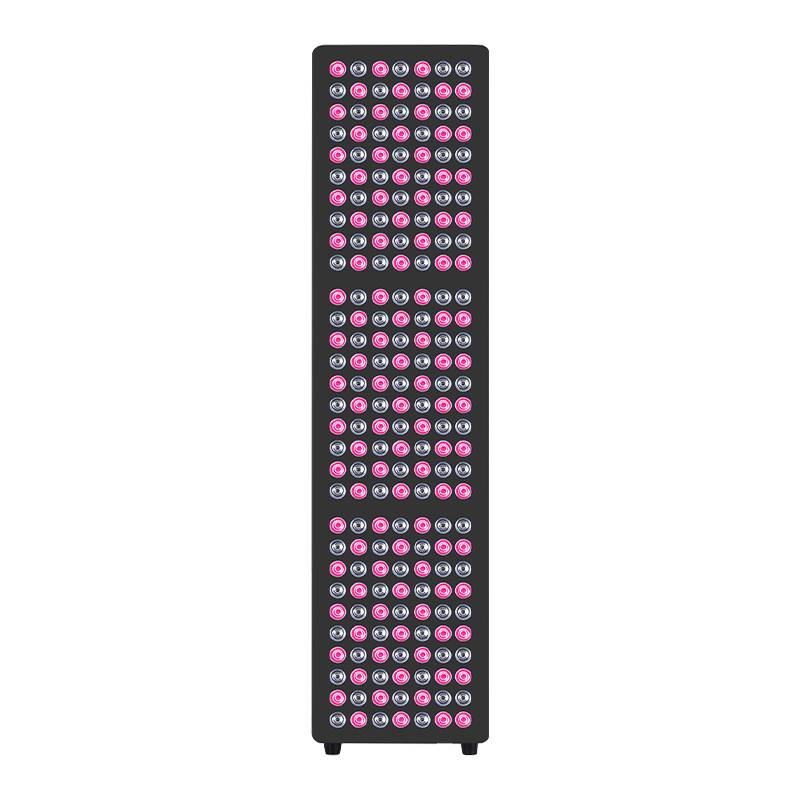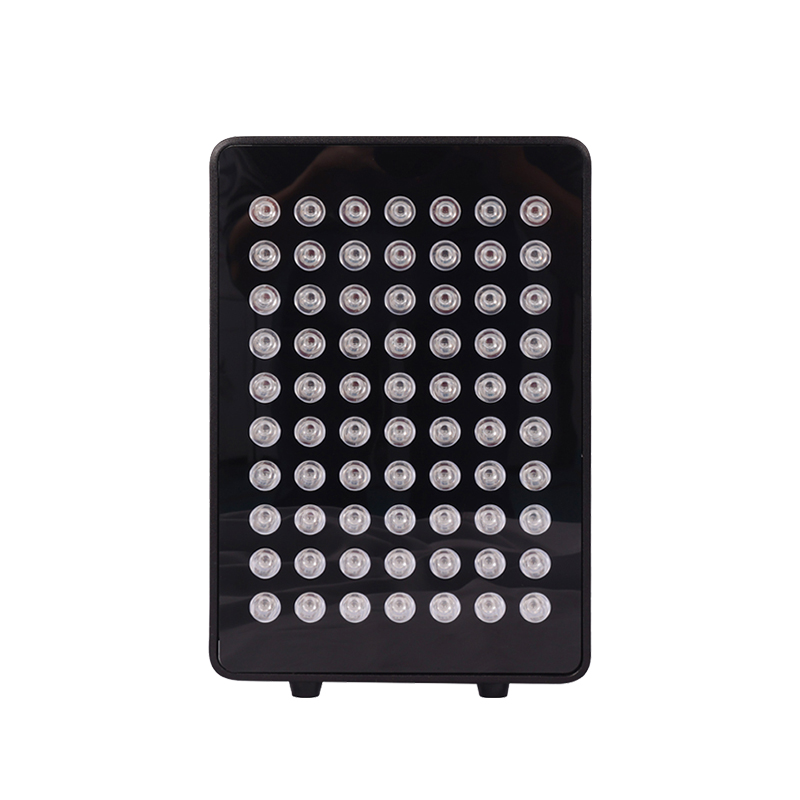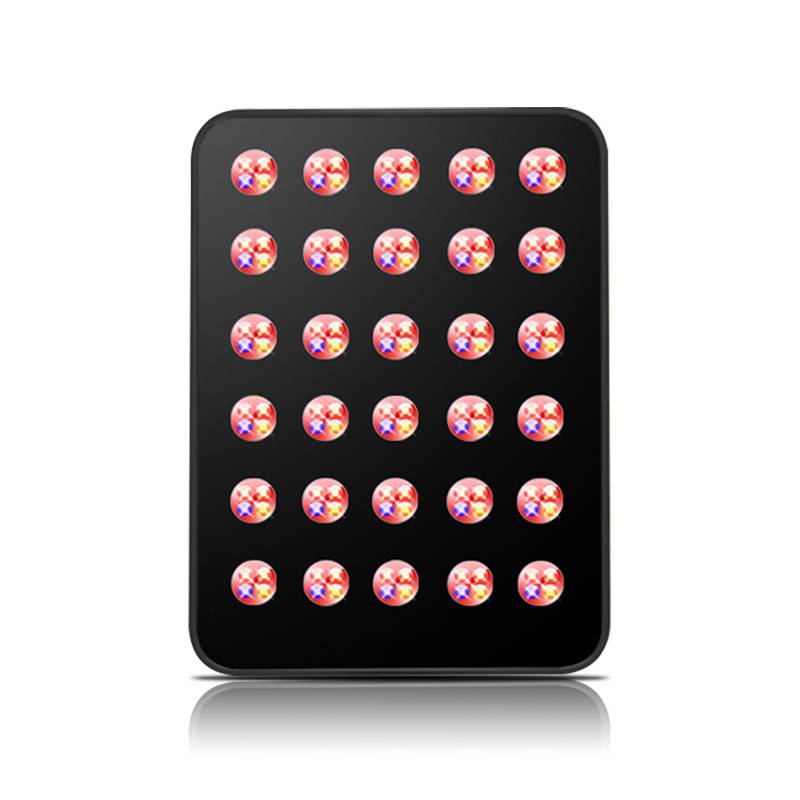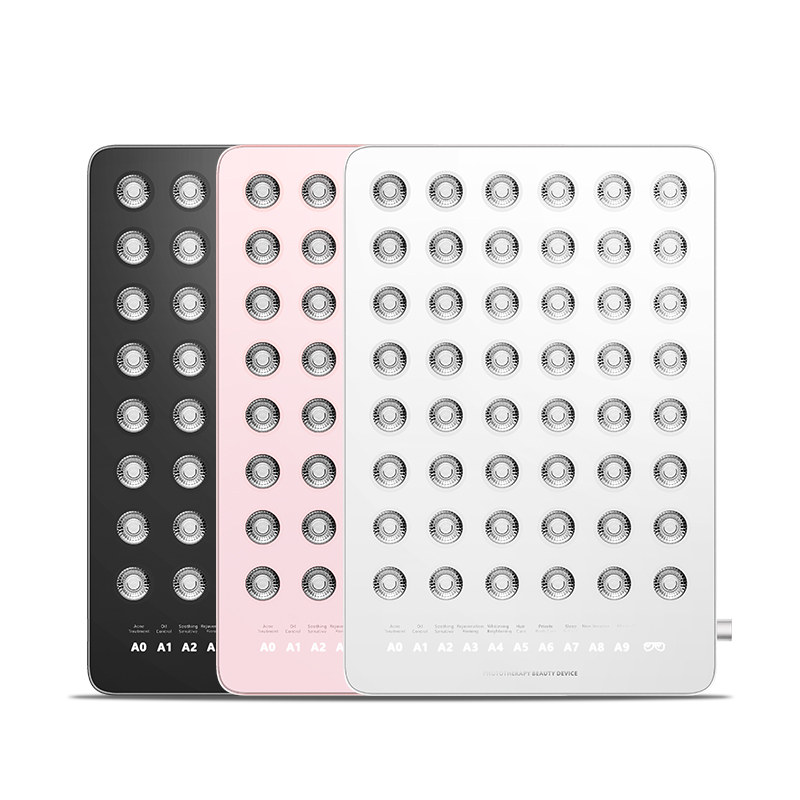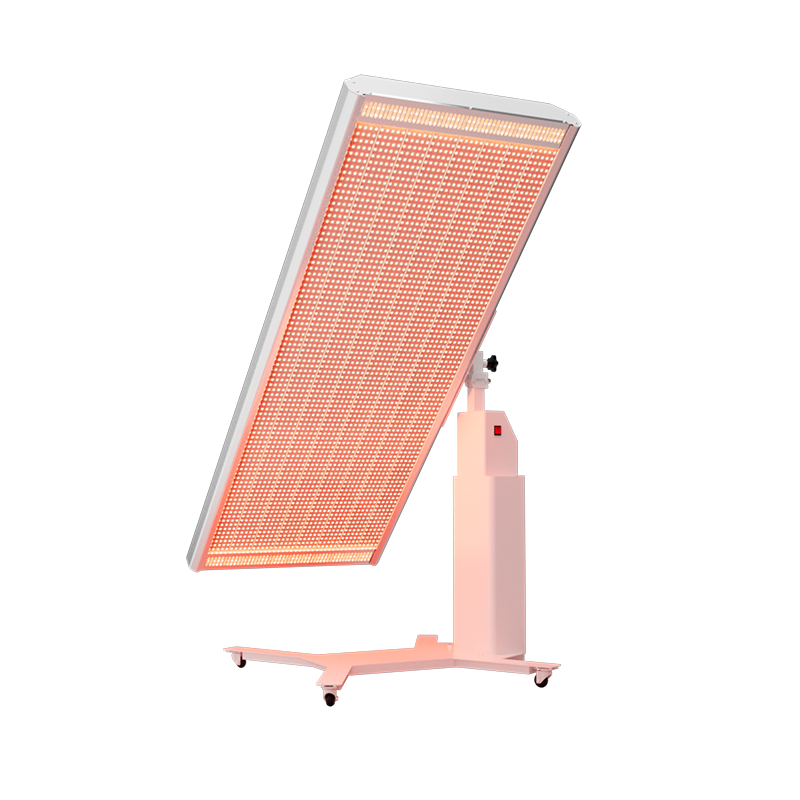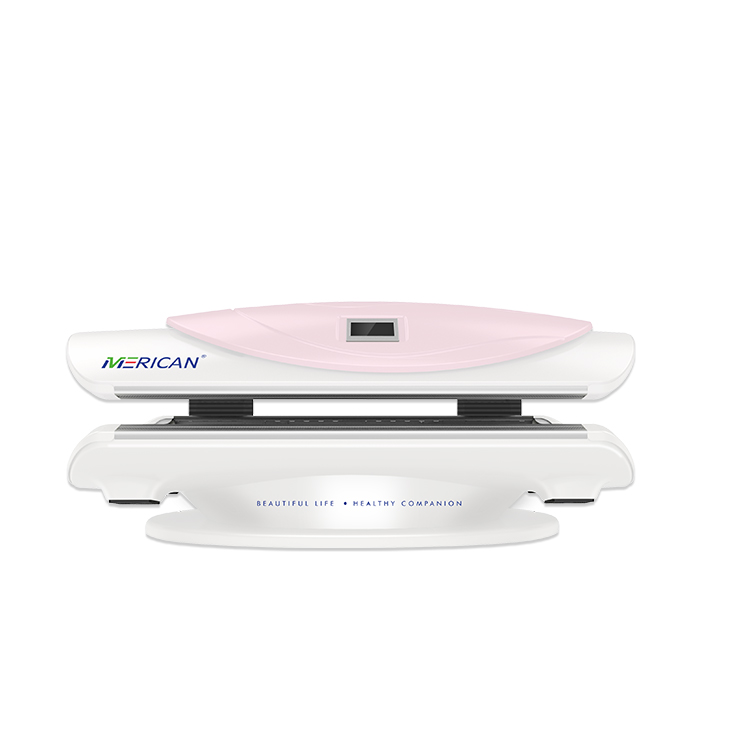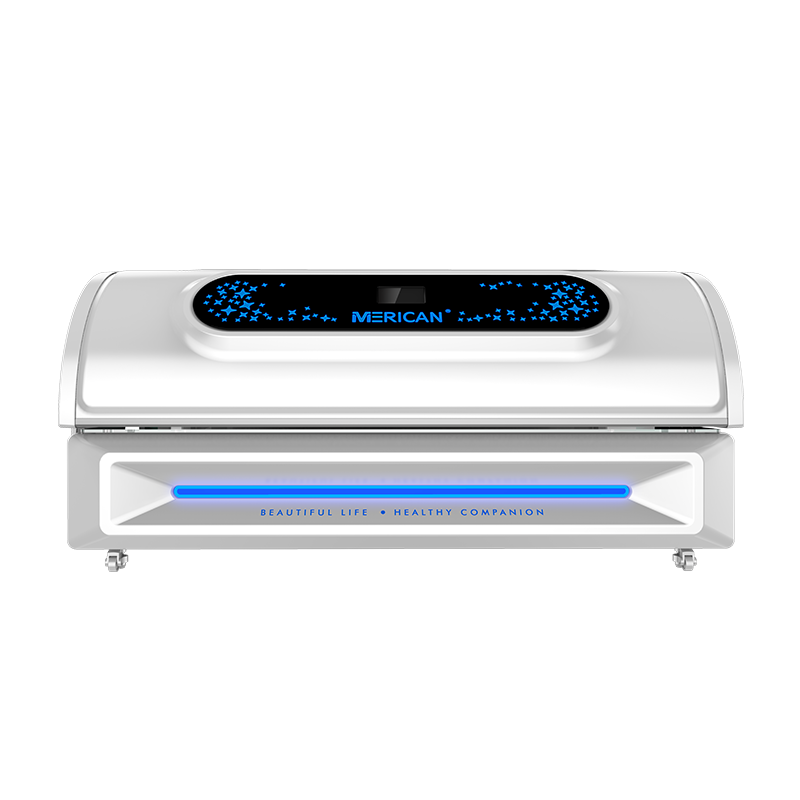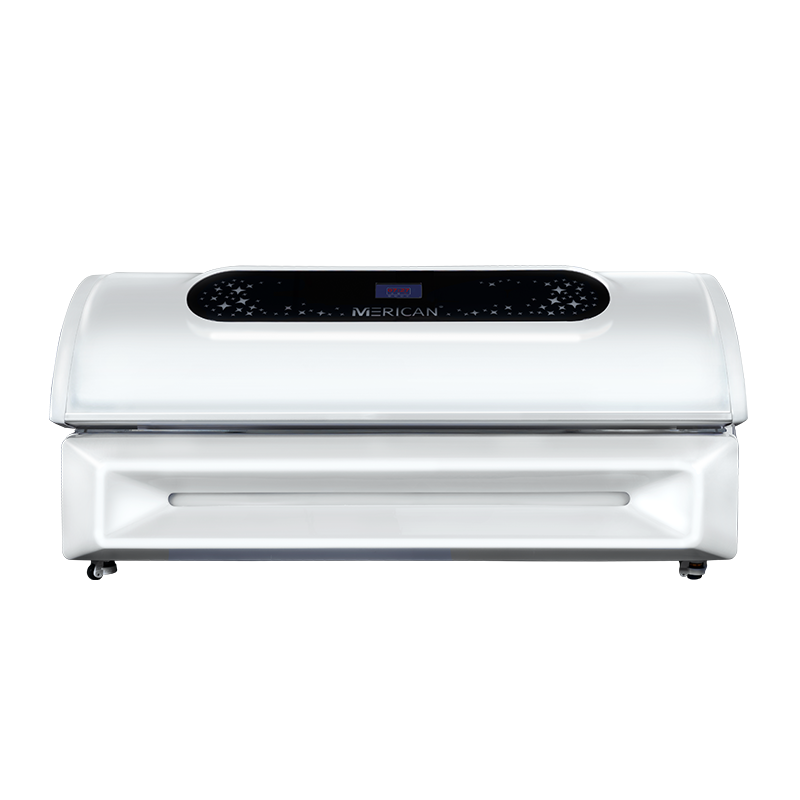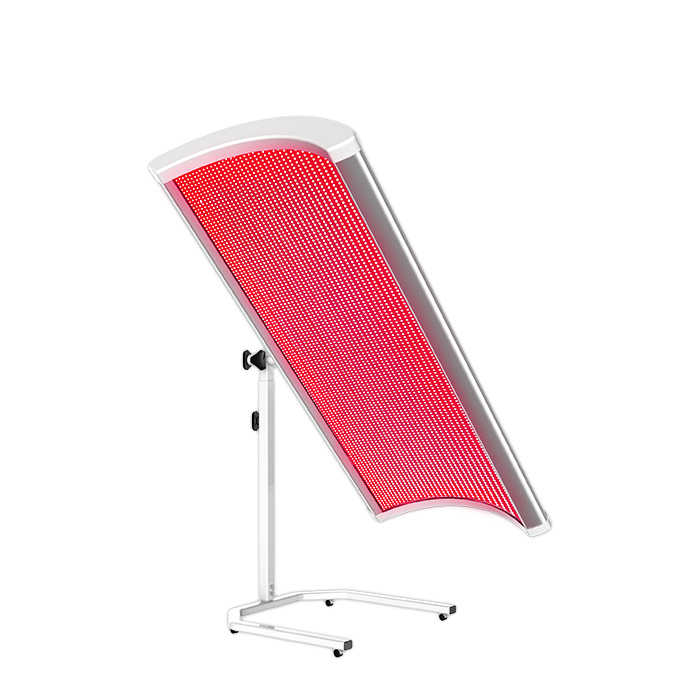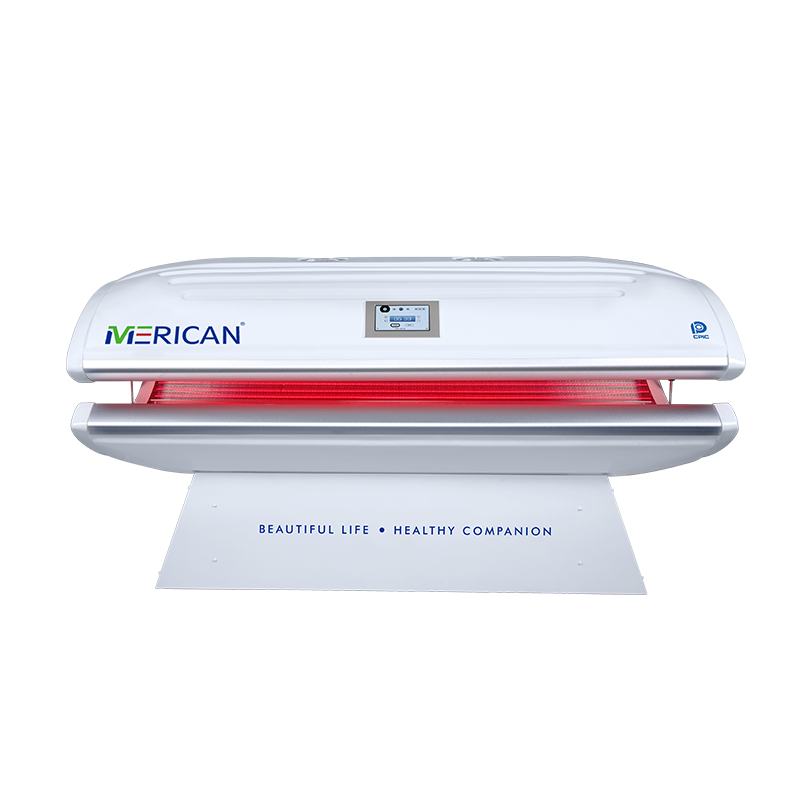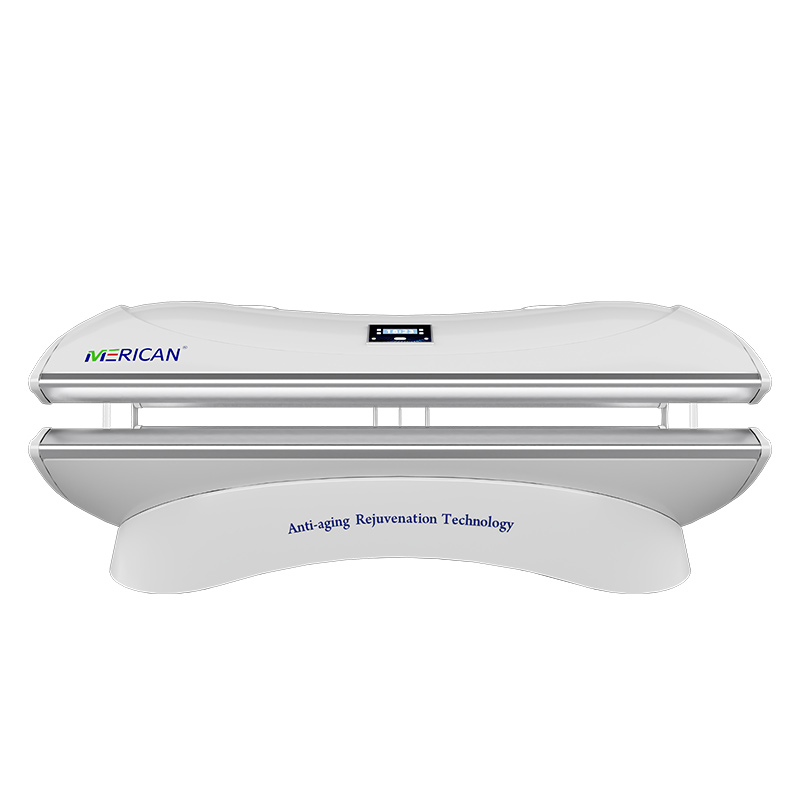빨간불 치료 (RLT)—also called low-level laser therapy (LLLT) 또는 광생체변조 (PBM)—has surged from elite sports clinics and dermatology labs into home bathrooms and wellness centers worldwide.
Enthusiasts claim it smooths wrinkles, speeds muscle recovery, eases chronic pain, sharpens cognition, and even calms a restless mind. We’ll examine what really happens when specific wavelengths of red (≈620–660 nm) 그리고 근적외선 (≈810–850 nm) bathe your tissues.
결국, you’ll be able to choose appropriate devices and design sessions that fit your goals—whether that’s glowing skin, reduced joint pain, or simply less stress at the end of a hectic day.
광생체변조 101: From NASA to Your Nightstand
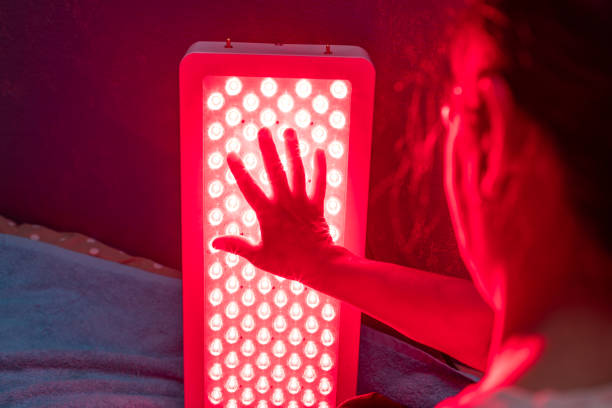
A Brief History
- Space-age roots
In the late 1980s, NASA researchers noticed that red LEDs accelerated wound healing in plants and astronauts exposed to microgravity injuries. This serendipitous finding sparked medical curiosity.
- Terminology evolution
Scientists coined 저수준 레이저 요법 in the ’90s, but because LEDs—not just lasers—produce therapeutic wavelengths, the broader term 광 보조 조절 (photo = light, bio = life, modulation = change) gained traction.
- Regulatory milestones
The first FDA-cleared PBM device for musculoskeletal pain arrived in 2002. Since then, agencies have cleared niche devices for androgenic alopecia, 건 병증, and wrinkle reduction.
Key Optical Parameters
| 매개 변수 | Typical Wellness Range | 중요한 이유 |
| 파장 (λ) | 620-660 nm (빨간색), 810-850 nm (근적외선) | Dictates tissue penetration depth and which chromophores absorb energy. |
| Fluence (J/cm²) | 4–60 J/cm² | Total energy delivered—too low yields no effect, too high can inhibit cells. |
| 전력 밀도 (MW/CM²) | 10–200 mW/cm² | Higher density = shorter sessions; very high density risks heat. |
| Pulse vs. Continuous | Many panels are continuous; some pulse at 10–1,000 Hz | Pulsing may mimic neuronal firing or nitric-oxide release patterns; evidence is still mixed. |
Common Consumer Devices
Light therapy for the face (rigid or flexible LED masks)
- Optimized for cosmetic wavelengths (mostly 630–660 nm)
- Session length: 10–20 min, 3–5× per week
Modular LED 패널
- Cover larger body areas; deliver both red and NIR for muscle recovery
- Often hung on doors or used in vertical “light booths”
Handheld or “torch” devices
- Concentrated beam for spot treatment—scar tissue, 관절
Full-body beds or pods
- Spa-style experience with even irradiation head-to-toe
How Does Red Light Therapy Work?
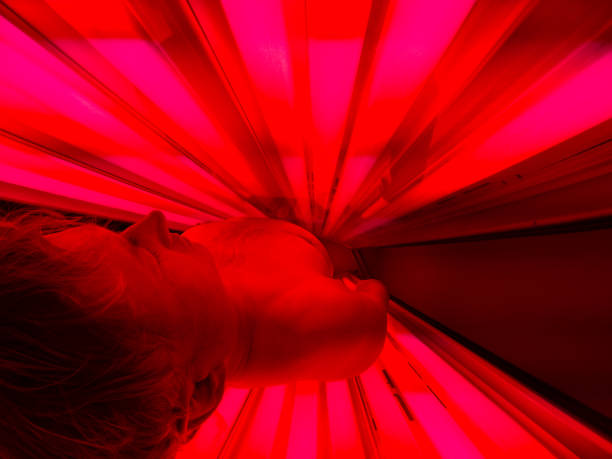
Photon-to-Biology Cascade
- Absorption by Chromophores
Cytochrome-c oxidase (CcO) in the mitochondrial respiratory chain absorbs red/NIR photons.
산화질소 (아니요) can be photodissociated from CcO, freeing the enzyme to accelerate electron transport.
- ATP Surge
Faster electron flow elevates proton gradients, boosting ATP synthesis—more cellular “fuel.”
- 반응성 산소 종 (로스) as Signals
Mild, transient ROS rise acts as a messenger, up-regulating antioxidant and repair genes via transcription factors like NF-κB and Nrf2.
- Gene Expression & Growth Factors
Enhanced production of collagen, BDNF (brain-derived neurotrophic factor), and VEGF (vascular endothelial growth factor).
- Systemic Ripple Effects
Improved microcirculation delivers oxygen and nutrients.
전 염증성 사이토 카인 감소 (TNF-α, IL-6).
Modulation of autonomic balance, favoring parasympathetic “rest-and-digest.”
Crossing the Skull: Brain-Focused PBM
Near-infrared wavelengths (800–850 nm) penetrate several centimeters through the scalp and skull. Transcranial photobiomodulation 연구 결과:
- Enhanced cerebral blood flow measured by fMRI and SPECT imaging
- Improved executive function in small trials on traumatic brain injury and bipolar disorder
- Potential increases in prefrontal cortex oxygenation and BDNF, correlating with sharper attention and mood stabilization
Is There Actual Science Behind Red Light Therapy?
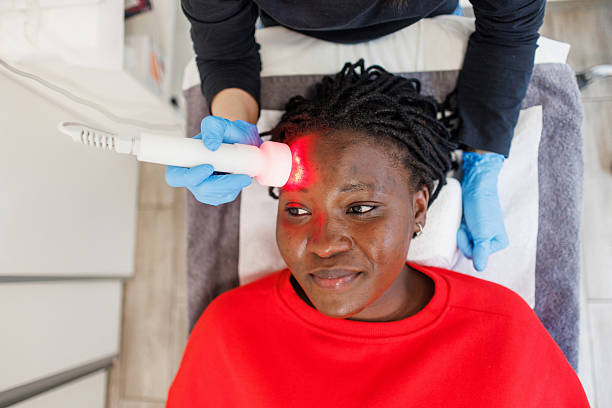
피부과 (Strong Evidence)
- Wrinkle reduction & collagen remodeling
Randomized controlled trials (RCTs) show 25–50 % wrinkle depth reduction over 8–12 weeks.
기구: up-regulated procollagen-I mRNA and fibroblast proliferation.
- Acne improvement
빨간색 (630 nm) reduces 피. 여드름 bacterial count; NIR calms sebaceous inflammation.
Musculoskeletal Pain (Moderate-to-Strong)
- Meta-analyses reveal significant pain relief in osteoarthritis, 건 병증, and low-back pain vs. sham light.
- Reduced NSAID consumption reported in post-operative orthopedic patients.
상처 치유 & Scar Remodeling (보통의)
- Accelerated epithelial closure in diabetic ulcers and burn wounds.
- Animal studies demonstrate faster collagen alignment and tensile strength recovery.
Red Light Therapy Mental Health Benefits (Promising, Emerging)
- Transcranial PBM improved mood and cognitive processing speed in small trials for major depressive disorder and bipolar disorder
- fMRI shows increased default-mode network connectivity, which may underpin better emotional regulation.
- Early reports suggest red light therapy for stress lowers salivary cortisol by 10–15 % after four weeks of thrice-weekly sessions. Larger trials are underway.
Metabolic & Cardiovascular Markers (Early Stage)
- Rodent studies indicate improved insulin sensitivity; human data remain preliminary.
- BP reductions (~5 mm Hg) were logged in hypertensive cohorts after 8-week NIR limb exposure.
Weight Management & “Fat Loss” (Weak/Conflicting)
- Some panel vendors market PBM for slimming; small trials show modest waist-circumference changes, but confounders (caloric deficit, vibration plates) muddy causation.
- A recent Wall Street Journal feature warned consumers that hype often exceeds clinical proof
Comprehensive Benefit Breakdown
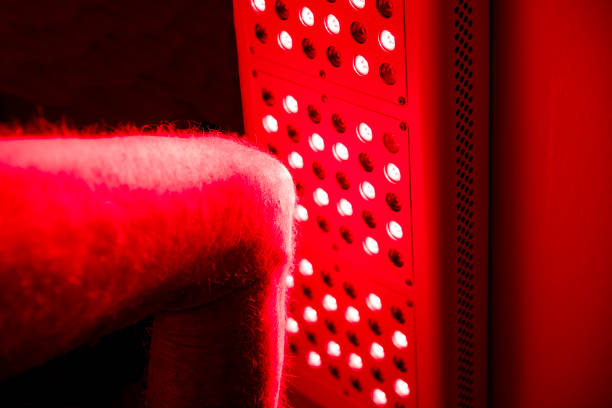
피부 & Aesthetics
- Acne-Prone Skin
Red/blue light masks reduce 피. 여드름 and calm redness. Many users see fewer inflammatory breakouts within four weeks, consistent with clinical findings.
근육, Joints & 회복
- 염증
RLT lowers COX-2 and prostaglandin E2 levels by up to 40%. Athletes report reduced soreness and faster recovery.
NIR light boosts SOX-9 expression in osteoarthritis models, supporting cartilage and slowing degeneration.
- 성능
Pre-exercise PBM primes mitochondria, improving peak torque and endurance in controlled cycling tests.
Neurological & 정신 건강
- 분위기 & 불안
Stimulation of the prefrontal cortex may rebalance alpha-wave activity. Anxiety scores dropped ~30% in early studies, suggesting potential alongside CBT or medication.
- Stress Response
PBM supports parasympathetic activity by reducing evening cortisol and heart-rate variability. Users often report deeper, 더 편안한 잠.
잠 & 일주기 리듬
- 멜라토닌
블루라이트와는 다르게, red light may boost melatonin via pineal mitochondria, aiding sleep onset.
머리카락 & 두피 건강
- 모발 성장
RLT prolongs the hair growth phase and improves circulation, increasing shaft thickness and count in clinical trials on androgenic alopecia.
자주 묻는 질문
Do dermatologists approve of red light therapy?
To achieve the best results for their patients, dermatologists often recommend red light therapy as a complementary treatment. This means it is used alongside conventional therapies as part of a comprehensive treatment plan.
Is there any downside to red light therapy?
하지만, if red light therapy devices are misused, such as being used too frequently or not according to the instructions, there is a risk of skin or eye irritation, especially if proper protection is not used. 추가적으로, the long-term safety of red light therapy devices has not yet been fully established.
Who cannot use red light therapy?
See Section 5 for a full table. In brief, avoid or get physician clearance if you’re pregnant, photosensitive, taking photo-sensitizing meds, have active skin cancer, uncontrolled epilepsy, or recent eye surgery.
Is there actual science behind red light therapy?
예. Thousands of peer-reviewed papers span dermatology, 통증, neurology, and sports medicine. Dermatological and musculoskeletal results are the most consistent; brain and metabolic data are promising but need larger trials. High-quality studies employ sham controls, defined wavelengths, and objective outcome measures.
얼마나 빨리 결과를 볼 수 있나요??
- 보이는 skin changes: 4-6주.
- 통증 완화: Some users feel better after 2–3 sessions; chronic issues may require 4+ 주.
- 분위기 & stress shifts: pilot studies show improvements after ~8–10 brain-focused sessions.
결론
Red light therapy elegantly illustrates a central theme in modern medicine: 작은, non-chemical nudges can yield outsized biological shifts when they tap into the body’s own resilience machinery. From enhanced ATP output to downstream gene expression, PBM’s mechanisms are increasingly clear. Clinical evidence ranges from well-established (wrinkle reduction, 관절통) to emerging but exciting (red light therapy mental health benefits, and red light therapy for stress).
Yet, light alone isn’t magic. Proper wavelength, dose, and consistency are non-negotiable, and individuals with photosensitivity or certain medical conditions must abstain or consult professionals. If you approach PBM with informed skepticism, realistic goals, and diligent tracking, photons can become a practical tool in your longevity and wellness toolkit.

